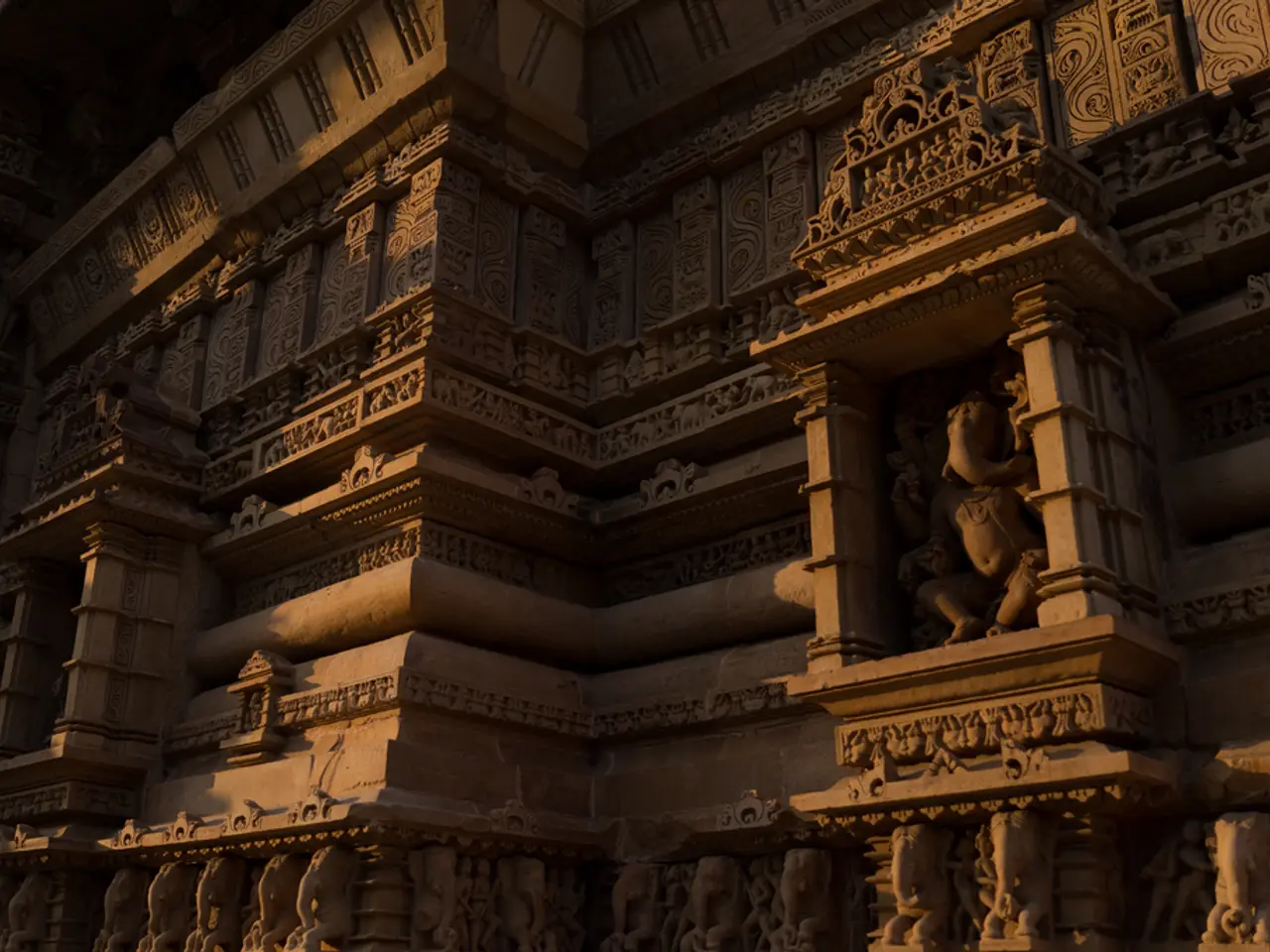Exploring Stucco Plastering: Uncover its Advantages for a Long-Lasting and Appealing Wall Coating, both inside and outside homes
===================================================================
Stucco plastering is a popular choice for exterior walls, both residential and commercial, due to its durability and weather-resistant properties. This specialized type of plaster is typically more expensive than standard plastering, as it requires an experienced plasterer to do the job.
Stucco can be applied to block, concrete, or brick, but not to plasterboard without serious reinforcement. It is typically applied to the exterior of a building as a wall finish to mimic the appearance of stone. Special bonding agents may be applied to get stucco to grip painted or smooth surfaces, but results can vary.
Stucco plastering can be tinted or painted to give various natural colours or to match current decor. It can be tailored to a variety of textures, finishes, and colours, including smooth, sand, dash, lace, Cat Face, and Worm. A medium plastering sponge float is used to help achieve a smooth textured finish in stucco plastering. Stucco can be made dead smooth, swirled, or even patterned with speciality tools.
A set of seven stainless steel trowels, including bucket and Stucco trowels of varying sizes, is ideal for finishing most types of plaster. Stucco plastering is applied in layers, usually a scratch coat, a brown coat, and a finish coat. A grey enhanced Portland-limestone cement is ideal for exterior stucco plastering due to improved resistance to cold and hot conditions.
Stucco plastering is a type of low-maintenance, long-lasting decorative coating. It is highly durable and weather-resistant, maintaining its appearance for extended periods on the exterior of buildings. However, it is generally less flexible than other plasters, which can lead to cracking especially around openings.
The common differences between stucco plastering and other types of plastering primarily relate to their typical use, composition, texture, durability, and flexibility. Stucco is mainly used as an exterior wall finish due to its superior durability and weather resistance, whereas other plasters like gypsum or lime plaster are mostly used indoors.
Stucco is typically a cement-based plaster containing Portland cement, sand, lime, and water, often reinforced with fiberglass strands for strength. Other plasters may use gypsum (plaster of Paris), lime, or clay as binders, depending on the application and desired properties.
Lime and clay plasters are more flexible and breathable, allowing moisture to escape and preventing trapped dampness, making them preferred for historic or damp-prone buildings. They usually offer smoother finishes, which are ideal for interior walls and detailed moldings.
In summary, stucco plastering is a durable, rough-textured, cementitious exterior finish, while other plasters vary widely but usually provide smoother, more customizable finishes for interior use, with differences in flexibility, breathability, and repair characteristics.
[1] BuildDirect [2] The Spruce [3] This Old House [4] EcoBuilding Pulse [5] Plasterers' Merchants




